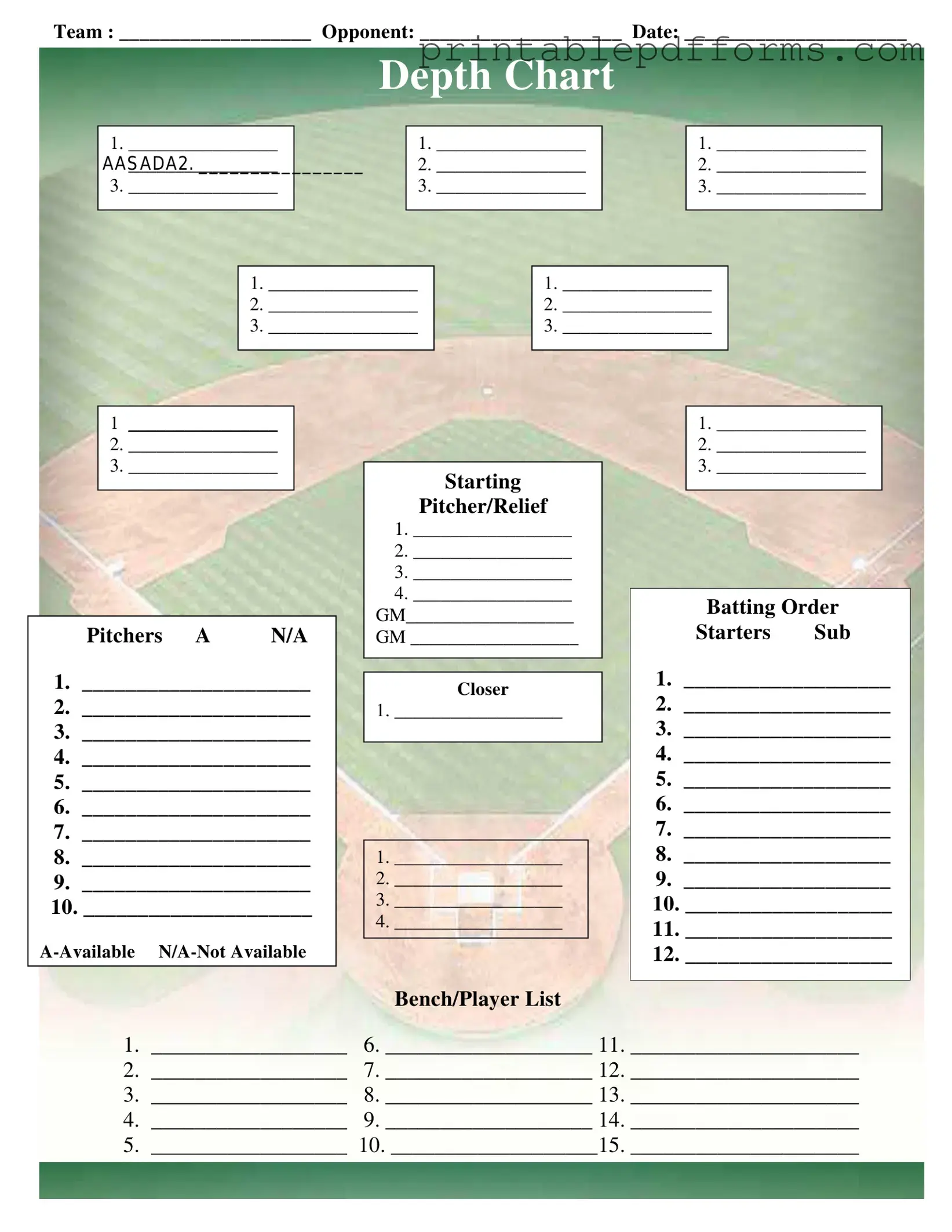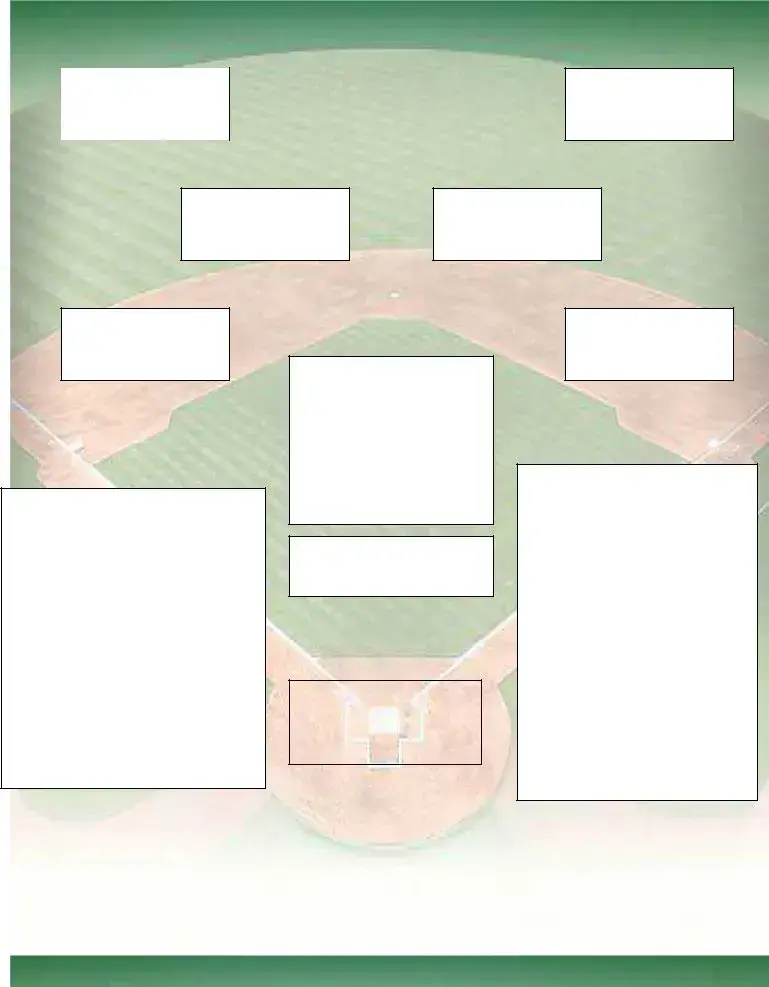Fill a Valid Baseball Field Lineup Form
The Baseball Field Lineup form is an essential tool for organizing a baseball team's roster for a game. It allows coaches to clearly outline the team members, their positions, and the batting order, ensuring everyone is prepared for the match. By filling out this form, you can streamline communication and enhance team performance.
To get started, please fill out the form by clicking the button below.
Create This Document Online

